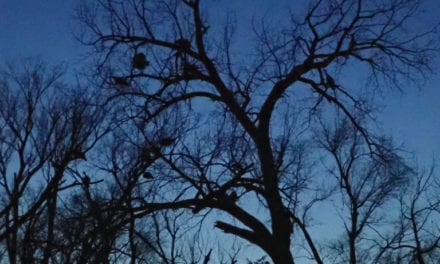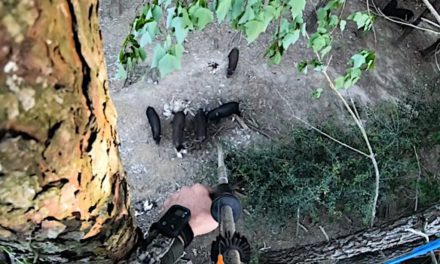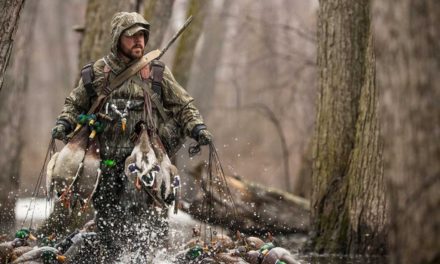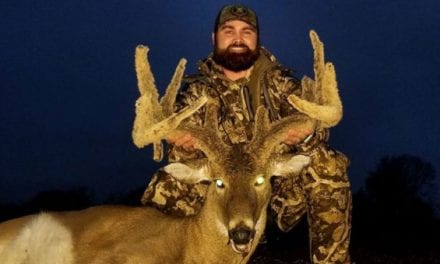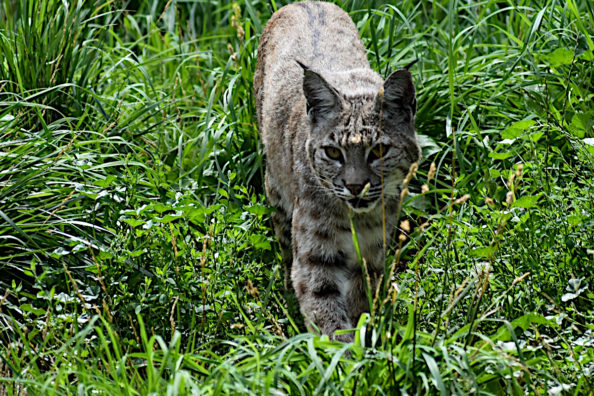
When you entice one to step in the 4-inch circle of earth you prepared, there are not too many other feelings of accomplishment that compare to trapping bobcats.
Plus, with bobcat pelt prices staying consistently high, the full wallet at the end of the process is pretty satisfying too.
I did not include the number one most well-known trapping tip, just because everybody should know it: set on sign.
Here are nine additional tips I’ve picked up over the years, mostly from trapping with and observing some truly talented Wyoming bobcat trappers.
They’re Just Big Cats, So Observe Small Ones
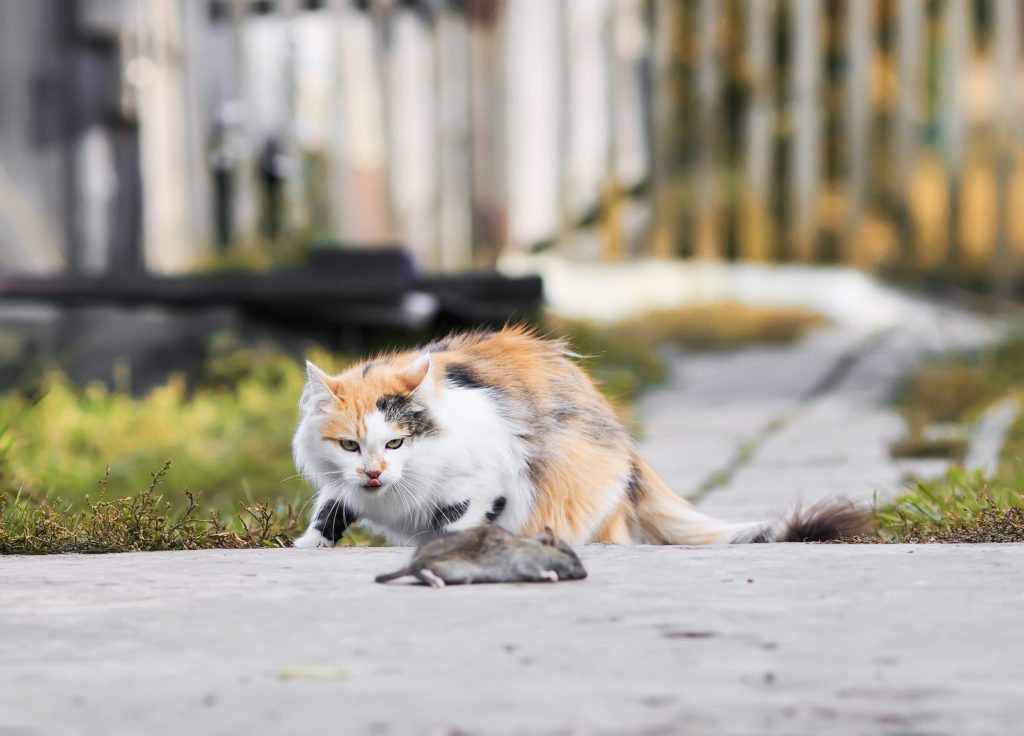
An old timer told me this: “Cats are cats, whether they’re de-clawed house cats or mountain lions. These critters are carnivores. They all hunt and are attracted to the same sense triggers.” He advised me to observe “domesticated” house/barn cats whenever possible. You will likely notice many parallels in bobcat populations that will make it much easier to lure one into your coil spring, foothold traps, or cage trap.
Visual Attraction
Just like a house cat will stalk and pounce at a red laser light or a piece of string that you are wiggling, bobcats can’t hardly resist investigating moving objects they can’t immediately identify. Near each bobcat set, you should place some type of visual attraction.
One of my favorite techniques is to hammer a masonry nail into a rock wall near the set. Wrap a length of baling wire on the nail and protrude it about a foot straight out from the wall. At the end of the wire, bend a loop. Take a second small length of wire and loop the end through the first loop, so that the wire hangs loosely straight down. On the end of the second wire, attach something shiny and reflective. I’ve found silver Christmas garland or aluminum foil works well. Just make sure to check your local trapping regulations to make sure what you are doing is legal first.
The bobcats will see the reflection first, then notice the movement in the wind. As they curiously approach the movement from the bush, they will then pick up the scent of the bait – and hopefully move into the set.
Double Up the Springs
Use #10 traps for bobcat, but install a second set of springs. This will ensure the bobcat will not be able to pull out. Plus, cats paws are extremely sensitive, so, the more pressure on the paw, the less the bobcat will try to pull out.
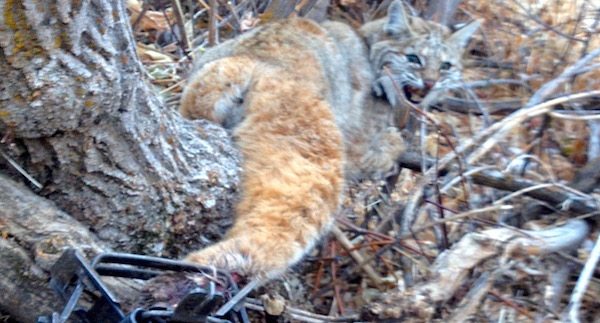
Use Peat Moss
Because fur trapping is a winter pursuit, the temperature will more than likely be below freezing the majority of the time. Since the traps are buried in the ground, moisture from temperature changes can freeze the traps open.
The best way to avert this situation is to cover the trap with a layer of peat moss prior to sifting natural dirt over the trap. The organic materials within the peat moss emit methane, which when released, is warm. This will keep the trap from freezing up.
Cut Off a Paw
This is good trick for both bobcats as well as coyote. Cut off and preserve one of the front paws. Attach the paw to the end of a broom handle (cut in half) or a short stick. After you make your trap set and you have sifted the dirt over the trap to look completely natural, CAREFULLY and gently make a paw print directly over the trap pan.
Bobcats, especially big toms, are smart, and they instinctively know that if another bobcat has stepped in a certain spot, it must be safe to also step there.
Rocks/Ledges
When scouting a bobcat trapping location, always start with rock ledges. That’s where they live, especially in the Western states of America.
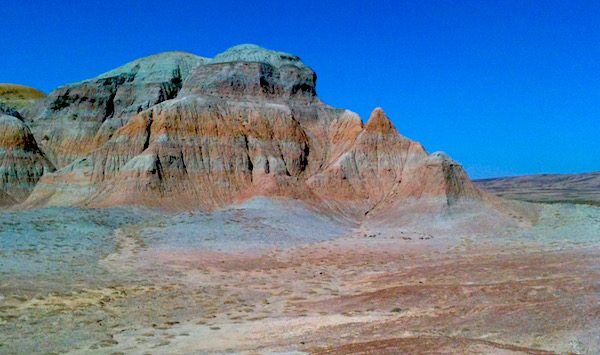
Rock ledges give bobcats a higher perspective to see prey below as well as affords them an extra level of protection from larger predators. First look for rock ledges and outcroppings, then look for sign – prints or scat. Those are all good indicators that you’re amongst good set locations.
Don’t Piss
This tip applies to bobcat hunting too and is a good rule of thumb for any furbearer you may target. Do not answer the call of nature where you hope to ambush one of these big cats. They have a great sense of small and you can ruin an entire area – no matter how catty it is – by urinating within your bobcat trap zone. Pee at the truck before you venture into your trapline, and hold it until you get out.
Don’t Disturb the Landscape
Disturbed landscape is another warning sign to bobcats. If you accidentally turn over a large rock, return it to it’s original position. Cover your tracks as you back away from your sets.
Cats Wander, Dogs Go Straight
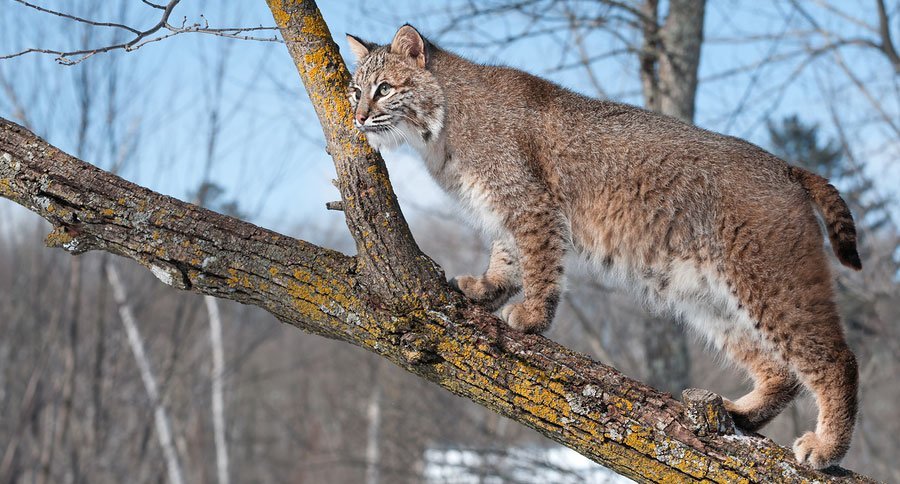
In areas where bobcats and coyote share the landscape, a good rule of thumb when identifying animal tracks from a distance is that bobcats and lynx like to move in a serpentine pattern while coyotes tend to move in straight lines. Once you know this, it can make snaring your target species a whole lot easier if legal.
I just wrote 10 tips and realized I didn’t even get to choking trails into sets or bobcat bait. That will be for a future article.
Happy trapping!
Products featured on Wide Open Spaces are independently selected by our editors. However, when you buy something through our links, we may earn a commission.
The post 10 Quick Tips for Trapping Bobcats appeared first on Wide Open Spaces.












